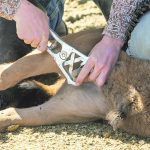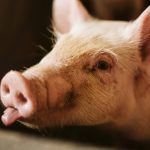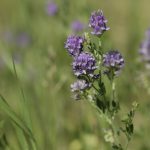
Grow forages, starve weeds
Forages disrupt weed routines and slow herbicide resistance — if you can use them

Forages disrupt weed routines and slow herbicide resistance — if you can use them

The updates affect insecticide use on cereals and lentils


Bayer hints it might stop selling Roundup due to legal problems; what could it mean for farmers?

Manitoba rancher Jodi Suchoplas outlines her tips on castration for cow-calf operations

Half of pig mortality that occurs before market happens from birth to wean, and the first 24 hours is especially important

Research suggests this important nutrient hangs around a lot longer than farmers think


Tracking nitrogen with stable isotopes offers surprising insights into fertilizer uptake, loss, and management strategies

Apparent change to shipment practices not enough to take Manitoba horse farm out of advocacy group’s crosshairs